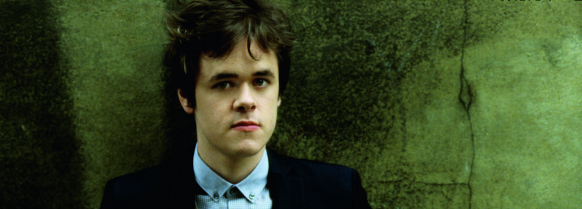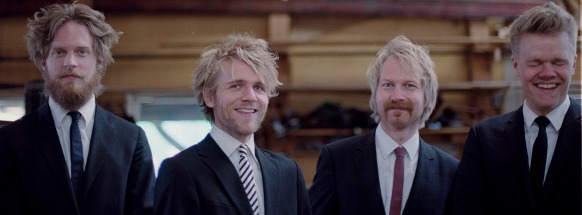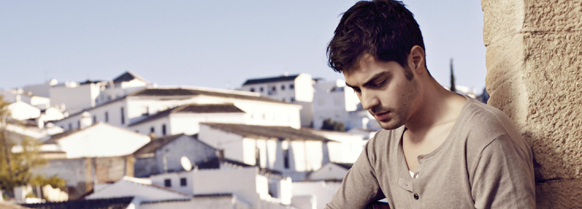Tag: Johann Sebastian Bach
-

PROGRAM NOTES: BENJAMIN GROSVENOR
Jean-Philippe Rameau Gavotte and Variations in A minor The modern pianist seeking to play the Baroque harpsichord repertoire faces many obstacles, starting with the friendly fire of his own trusty Steinway itself, so different in sound from the perky little plucked-string sound box for which this music was originally written. A note on the harpsichord…
-

PROGRAM NOTES: DANISH STRING QUARTET
The Art of Fugue Fugue is the Rubik’s cube of compositional genres. It’s the sort of thing that only the ‘brainiest’ of modern composers, one with a bent for antiquarian curiosities, would attempt. And yet in its golden age in the first half of the 18th century, fugue writing was commonplace, an expected skill for…
-

PROGRAM NOTES: MILOŠ KARADAGLIĆ
Bach: Suite in C minor, BWV 997, for lute In most catalogues of the complete works of Johann Sebastian Bach (1685-1750), one learns that the composer wrote four suites for the lute, all dating from widely separated time periods, plus miscellaneous other pieces. However, recent scholarship has determined that in fact Bach did not…

